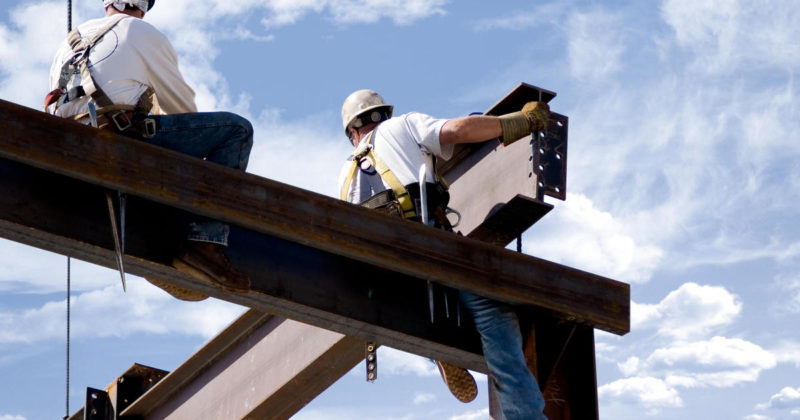
Ironworkers raise, place, and unite iron or steel girders, columns, and other structural members to form completed structures or structural frameworks. May erect metal storage tanks and assemble prefabricated metal buildings. Position and secure steel bars or mesh in concrete forms in order to reinforce concrete. Use a variety of fasteners, rod-bending machines, blowtorches, and hand tools.
Because materials used in iron working are heavy and bulky, ironworkers must be in good physical condition. They also need good agility, balance, eyesight, and depth perception to work safely at great heights on narrow beams and girders. Ironworkers should not be afraid of heights or suffer from dizziness. Primary Skills needed in this occupation include: Weld together metal parts, components, or structures; follow safety and signaling procedures; Use hand and power tools, as well as arc welding and acetylene equipment; read blueprints and technical drawings, set up rigging; recognize characteristics of metals and alloys; operate hoist, winch, or hydraulic boom ; maintain welding machines and equipment; perform safety inspections of work performed and site.
*SOURCE: Occupational Employment Statistics Program, US Department of Labor, Bureau of Labor Statistics, for Colorado, from May 2020. https://www.bls.gov/oes/
* Low range wage rates based on the 25th percentile wage level. High range wage rates based on the 90th percentile wage level.
VIDEO SOURCE: Sponsored by the U.S. Department of Labor, Employment and Training Administration on careeronestop.org